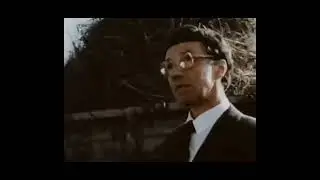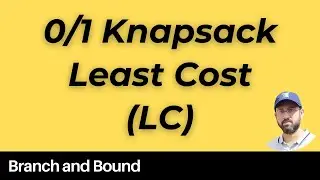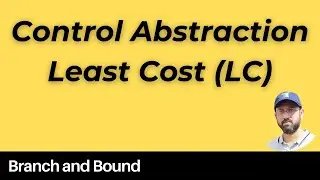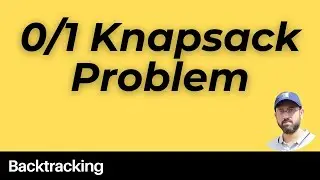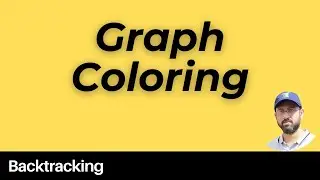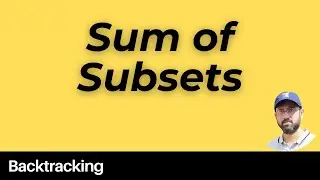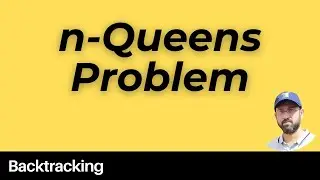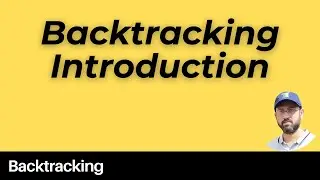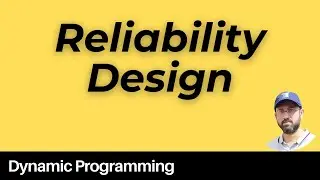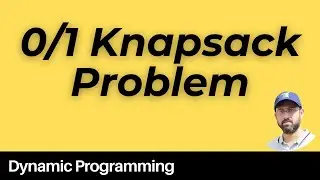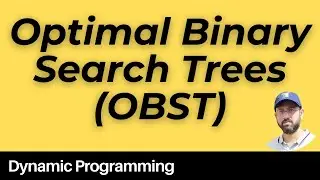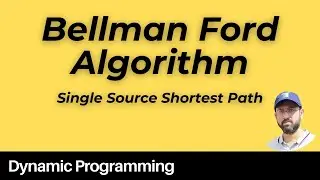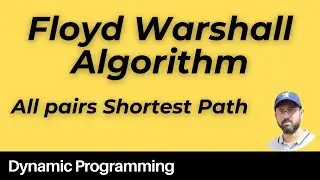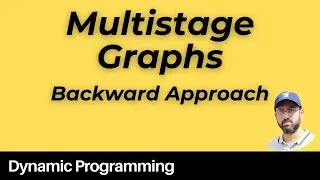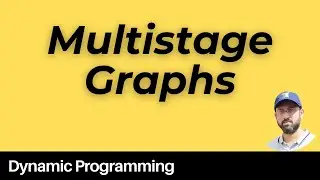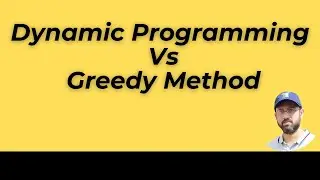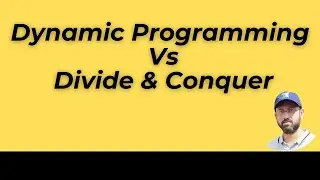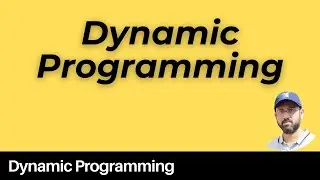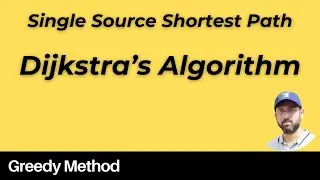R for Data Science - R Programming for Beginners in 6 Hours
#datascience #rprogramming #dataanalytics #datascienceforbeginners #datasciencecourse #datasciencetutorial #datasciencewithr
All the Datasets:
http://softlect.com/index.php/r-for-d...
To download the datasets used in the video click the above link.
This video is the introductory course in R programming for Data Science.
0:00 About this course
0:10 What is R ? Why R?
2:09 Installation
5:35 R Studio Installation
7:29 R Studio Interface
11:18 First R Program
14:47 Basic Mathematical Operations
24:55 Variables
33:03 Basic Data Types
40:59 Variable assignment
45:34 Comments
46:44 Relational Operators
50:28 Logical Operators
54:45 Sequences
1:04:24 Replicate Function
1:08:05 Control Structures
1:09:36 If, if-else, else if
1:16:27 Ifelse() function
1:20:00 For loops
1:25:10 While loops
1:30:10 Repeat loops
1:35:08 Break next statements
1:38:27 Functions
1:39:35 User Defined Functions
1:54:48 Function Returning Multiple Values
1:57:20 Inline Functions
1:59:13 Vectors
2:14:08 Vector Indexing
2:24:12 Matching Operator
2:27:08 Vector Arithmetic
2:32:42 Vector Methods
2:36:06 Vector Coercion
2:41:22 Logical vector
2:48:55 Factors
2:51:37 Mathematical Functions in R
2:59:16 Random Numbers in R
3:00:59 Matrix
3:07:57 Matrix diag()
3:11:18 Matrix Naming Rows & Columns
3:14:34 Matrix indexing
3:22:30 Matrix rbind() & cbind() Functions
3:27:52 Matrix operations
3:32:39 Matrix Specific Functions
3:36:39 Lists
3:42:15 Lists Indexing
3:47:23 Lists Subset Operator
3:50:20 Lists Concatenation
3:52:51 Dataframes
3:54:46 Creating Dataframes
3:58:42 Dataframe indexing
4:05:57 Dataframes subset() function
4:11:11 Dataframes rbind() & cbind()
4:15:34 Dataframes edit() function
4:18:44 Missing data
4:27:45 Dataframes Importing Data from Text Files
4:32:24 Dataframes Importing Data from CSV Files
4:34:23 Dataframes Importing Data from RDS Files
4:36:03 Dataframes Importing Data from Internet
4:38:30 Dataframes Importing Data from Clipboard
4:41:13 Dataframes Exporting Data to CSV Files
4:44:11 dplyr Package
4:46:37 dplyr select() function
4:53:33 dplyr filter() function
4:56:59 dplyr arrange() function
5:00:51 dplyr rename() function
5:04:53 dplyr mutate() function
5:08:08 dplyr group_by() function
5:10:36 dplyr Pipe Operator
5:15:02 Bar Graphs
5:19:57 Horizontal Bar Graphs
5:23:06 Stacked Bar Plots
5:29:50 Histogram
5:33:17 Scatter Plots
5:35:45 Line Graphs
5:36:57 Box Plots
5:39:24 Multiple Plots in Layout
Timeline Credit goes to Saly Ndiaye ( / @salyndiaye7238 ) who created the timeline and posted in the comments, which helped so many other viewers, I really appreciate the effort and Thankful for the same.
You might wonder, what is R, and why you should learn R programming?
Well, R is a popular programming language adopted for data science and statistics, and The R programming language is used by professionals and data experts around the world for mapping marketing trends, modelling financial data, and so on.
And the best thing is, R programming language is free. R is an open-source statistical programming language supported by a community. R is also called the language for statistical computing.
R runs on almost any computing platform and operating system.
R provides a rich collection of statistical techniques or functions and has sophisticated graphical and visualization capabilities for plots and graphs. This language also provides a complex and sophisticated visualization of high-dimensional data. Another very important feature of R is that it is highly extensible.
R language is not strictly in the sense only for statistics but also for advance mathematical modelling and machine learning. This introduction to R course is the best way to start learning R programming and getting handy with its features.
In this course, we will cover the R’s basics and programming fundamentals. Eventually, you will learn how to use R’s data structures such as Vectors, Matrices, Lists and Data frames.
Each of these sections includes a screencast of hands-on implementation and is also accompanied by short quizzes. Finally, we will look at how to import data from various sources, and how to handle data large data.
And on top of that in this course, we will move deeper into the graphical capabilities of R and learn how to create visualizations which will help in analysis.
In the end, we will perform basic statistical analysis on specifically designed stock price datasets to get the real feel of R’s statistical computing capabilities.
👉 Subscribe: https://www.youtube.com/c/Softlect?su...

![[FREE] SLIMESITO x BEEZYB TYPE BEAT 2022 -](https://images.videosashka.com/watch/1EoTITwenvE)



